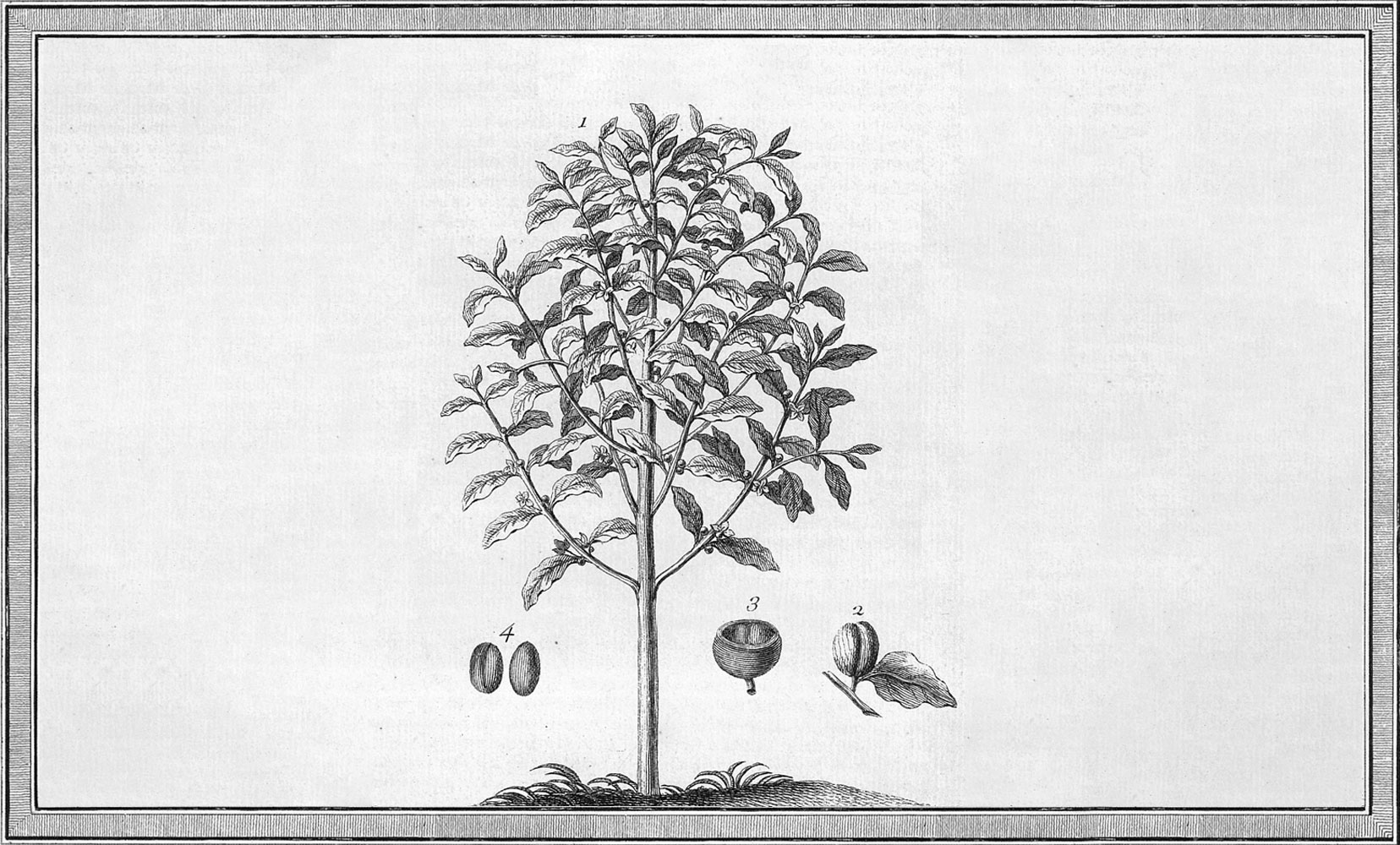Inside the Coffee Cherry
Written by Bacha Coffee | 3 mins | Coffee Knowledge
A guide to the beautiful layers of the coffee fruit.

Coffee beans come from the coffee plant. The plant bears coffee fruits that are also known as coffee cherries. Familiarising yourself with the parts of the coffee cherry provides insight to the work that goes into processing coffee.
The coffee cherry
The cherry is the size of a blueberry. When ripe, the coffee cherry turns bright red, orange, or yellow depending on the coffee varietal. The best time to harvest most Arabica coffee cherries is when they turn deep red. At the coffee cherry’s core, there are two seeds which we use as coffee beans.
Outer skin (exocarp):
The outer skin or peel of the coffee cherry. The parchment starts off green and slowly changes colour as the fruit matures.
Mucilage (mesocarp):
Thin layer of pulp or flesh directly underneath the exocarp.
Parchment (endocarp):
The outer skin or hull that covers the coffee seed or bean. During the maturation process, this layer hardens to limit the final size of the bean.
Silverskin (spermoderm):
Another layer of a thin membrane or seed skin that envelops the coffee seed.
Seed (endosperm):
This is the coffee seed itself. Before it is roasted, it is a beautiful green colour. Depending on where the seed is harvested from, the green colour may vary from greyish green to a yellowish green.
The cherries go through different processing methods to remove the several layers that cling to the seeds. Once roasted, the seeds transform into the fragrant dark brown coffee beans that we all know and love.